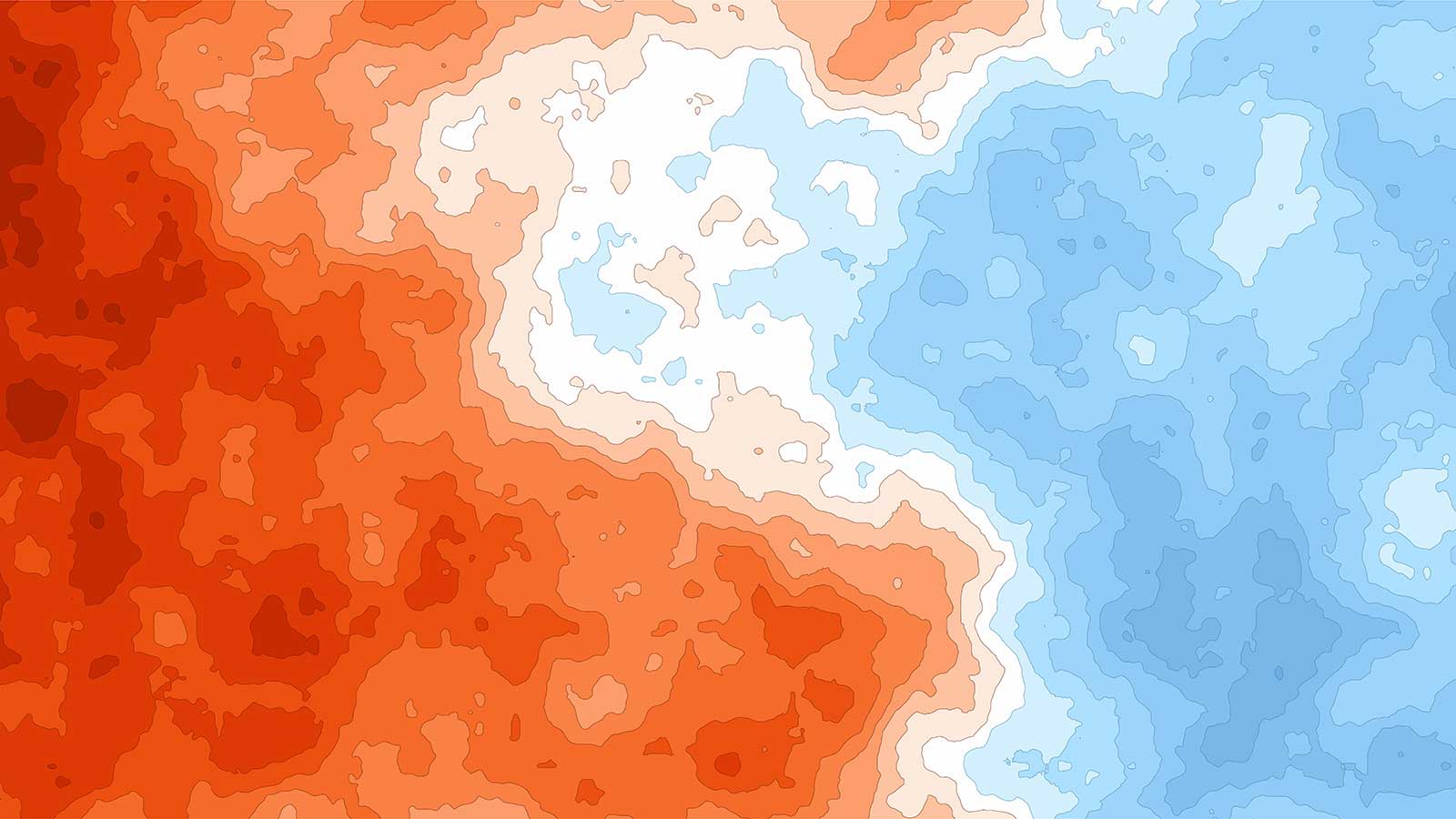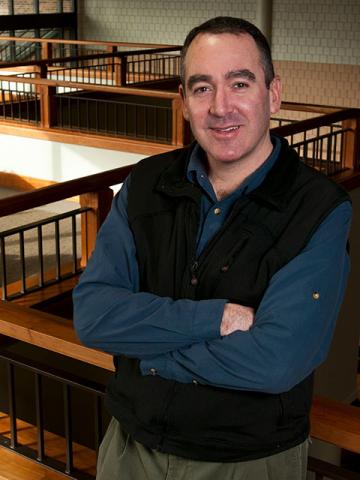Clarkson Center for Complex Systems Science (C3S2)

Vision & Mission
Vision
The C3S2 will be internationally recognized for fundamental contributions to the advancement of complex and systems science and the resulting impact that these contributions have in a variety of science, engineering and business applications. The C3S2 will be recognized within the University as a model for conducting collaborative interdisciplinary research.
Mission
The C3S2 mission is to encourage and facilitate research and educational opportunities in the area of complex, nonlinear, dynamical and adaptive systems. The C3S2 will foster collaboration from an interdisciplinary group of researchers to address important problems from a wide range of scientific, technological and engineering disciplines for the advancement of technology and humanity.
Specific applications of complex systems science include:
- Complex and networked and multi-scaled processes
- Nonlinear and chaotic systems
- Information dynamics and causal inference
- Systems science
- Medicine and cognitive science
- Biology, systems biology and mathematical epidemiology
- Neuronal networks and the brain, extreme events and earthquakes, as well as cardiac arrhythmia, and more fundamentally, nonlinear chemical reaction kinetics
- Mechanical, chemical, electrical and civil engineering
- Fluid dynamics and turbulent systems, oceanography and meteorology, including questions of transport, modeling and sensing
- Physics and astronomy
- Economics and social sciences
- Dynamical systems and control systems
- Sensor networks, ad hoc networks and control coordination systems
- Decision science, social systems and science of human groups
- Adaptive and designed systems engineering
- Particular examples are protein interaction networks, niche development in microbial communities, disease and rumor spreading and dynamics of innovations
- Critical and rare events, mechanisms and detection, robustness and fragility
Center Motivation and Benefits to Clarkson
 One of the three pillars of the Clarkson@125 strategic plan is to “advance the prominence of research and scholarship.” Research centers play a key role in fostering collaboration and the growth of sponsored research. Indeed, a large majority of Clarkson’s sponsored research can be attributed to existing research centers including CAMP and CITeR, and CfM.
One of the three pillars of the Clarkson@125 strategic plan is to “advance the prominence of research and scholarship.” Research centers play a key role in fostering collaboration and the growth of sponsored research. Indeed, a large majority of Clarkson’s sponsored research can be attributed to existing research centers including CAMP and CITeR, and CfM.
Dr. Erik Bollt, the inaugural C3S2 center director, has an established international reputation in the field of complex system science. Dr. Bollt’s collaborations in this field have been primarily with colleagues at other institutions. These include Princeton University, Stanford University, Oxford University, Imperial College, Bristol University, Oregon State U, Georgia Tech, Virginia Tech, Army Redstone Arsenal, Naval Research Laboratory and Los Alamos National Labs, to name several. There exists an opportunity to expand this collaboration inward to include colleagues at Clarkson in various academic departments. Doing so would provide an opportunity for Clarkson to make a greater impact in the field, thus enhancing our research reputation. A strength at Clarkson is that our culture, our size and our application-oriented philosophy all celebrate the idea that working together across fields is what we do and what we do well. This center is specifically advanced in this spirit. We will offer a venue and a means to bring us together in groupings and combinations to foster collaborations in cutting-edge research that may not otherwise take place, or even occur to specialists in individual disciplines. Together, our work can emerge strengthened as a group. Theory feeds application, and application feeds theory, and together we benefit.
Center Administration
Erik Bollt
W Jon Harrington Professor of Mathematics / Professor of Electrical & Computer Engineering / Director of the Clarkson Center for Complex Systems Science
Email: ebollt@clarkson.edu
Office: 315/268-2307
